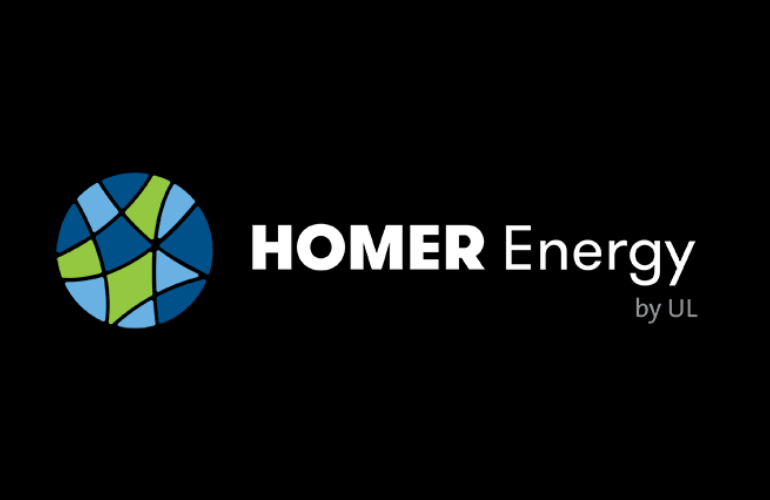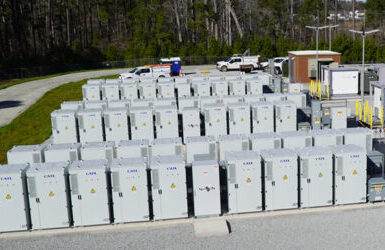HOMER Energy by UL software now capable of modeling hybrid utility-scale systems

HOMER Energy by UL, global leader in the development of standard-setting energy modeling software, announced its newest service — HOMER Front + UL Analysis. The new capability helps energy developers design and optimize the complexities of front-of-the-meter utility-scale renewable hybrid power systems that include wind, solar and battery energy storage systems (BESS).
HOMER Front + UL Analysis meets an increasingly critical need as power providers seek to improve power supply stability and resilience, decarbonize energy resources and move toward a clean energy transition.
Recent catastrophic weather and fire events resulted in massive power outages and demonstrated the value of resilience provided by hybrid power systems integrated into a diversified energy grid. These hybrid power systems bolster the power grid with flexibility, resilience, demand management and price management.
“We’re pleased to provide a modeling and analysis service which can help give developers confidence that their solar and wind plus storage systems will meet financial requirements and provide a stable and greener power supply. It is the key to meeting the increasing need for resilient, clean, flexible energy resources,” said Peter Lilienthal, Ph.D., HOMER Energy founder and UL Renewables global microgrid lead.
Using proprietary HOMER Front software, UL advisory experts perform techno-economic modeling of a renewable generation plus BESS. Through this analysis, developers can optimize wind, solar and energy storage sizing, evaluate financial returns and determine economic viability of a system, screen projects to determine site development potential, validate revenue projections and evaluate potential profitability of energy markets, capacity markets and power purchase agreements.
“As energy and power markets evolve and batteries improve in cost and performance, utility-scale hybrid systems are becoming more common,” said Lilienthal.
HOMER Front is built on HOMER software, the standard for modeling, optimization and design of least-cost microgrids and behind-the-meter distributed energy resources (DER). HOMER Front + UL Analysis combines the proven technology of HOMER software with UL’s extensive advisory background in renewable energy performance and long-standing reputation as independent engineers in wind, solar and energy storage.
“The accelerating energy transition requires a way to model the complex variables in front-of-the-meter generation, which drove us to extend the HOMER engine to perform calculations on inputs including day-ahead or real time markets and more detailed treatment of capital and operating expenses. When combined with the deep expertise in renewable power of UL advisory engineers, HOMER Front shows key information including the optimal dispatch for battery energy storage,” said Lilienthal.
To provide details on a hybrid system’s financial metrics, HOMER Front models time of delivery power purchase agreements, energy shifting arbitrage for the wholesale energy market including day-ahead and real-time markets, and capacity reserve markets such as resource adequacy (RA) in the California Independent System Operator market (CAISO).
Energy developers will gain deep economic insight into utility-scale systems powered by solar, wind and energy storage including:
- Detailed analysis of battery operation, PV production and profitability of energy sales into energy markets
- An extensive, customizable component library with HOMER’s advanced storage model including energy storage capacity degradation, and augmentation and replacement strategies
- Modeling energy and capacity markets including contracted revenue as well as merchant revenue and integration of locational marginal pricing (hourly and sub-hourly) and resource generation data
News item from UL
Original Source: https://www.solarpowerworldonline.com/2021/03/homer-energy-by-ul-capable-modeling-hybrid-energy-systems/














